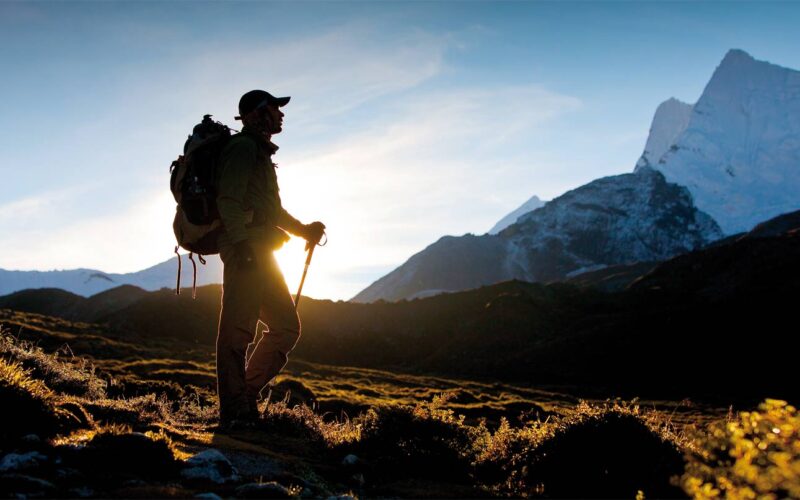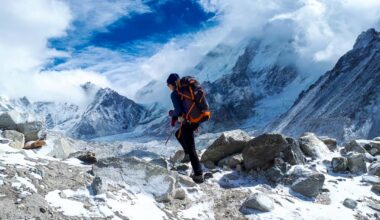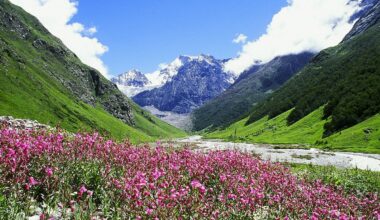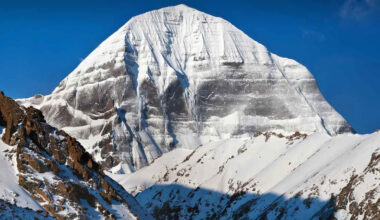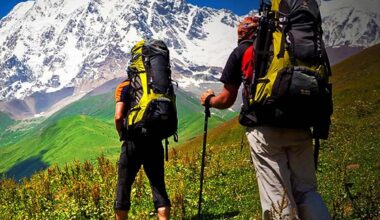Trekking is more than just walking on trails—it’s a journey into nature, culture, and adventure. For travellers and outdoor enthusiasts, trekking offers a chance to explore mountains, forests, valleys, and even remote villages while challenging both body and mind.
In this article, we’ll cover what trekking really means, how it differs from hiking, the benefits, popular destinations, and tips to get started.
Understanding Trekking
At its core, trekking means multi-day walking journeys through natural landscapes, often in mountainous or rural regions. Unlike simple hikes, treks usually involve longer routes, overnight stays, and varying levels of difficulty.
Trekking is not only about reaching a destination—it’s about enjoying the journey, embracing new cultures, and experiencing untouched landscapes.
Difference Between Trekking and Hiking
Many people confuse hiking and trekking. While they are similar, there are key differences:
Hiking
- Usually short-term, lasting a few hours or a day.
- Follows well-marked trails.
- Requires minimal gear.
Trekking
- Multi-day journey, sometimes lasting weeks.
- Includes rough, unmarked, or high-altitude trails.
- Requires planning, gear, and sometimes guides.
In simple terms, all trekking is hiking, but not all hiking is trekking.
Types of Trekking
There are different kinds of trekking experiences depending on difficulty and purpose:
1. Easy Treks
Short trails with moderate walking. Great for beginners.
2. Moderate Treks
Involve longer distances and steeper climbs. Suitable for people with some fitness.
3. Challenging Treks
High-altitude trails, glaciers, or remote terrains. Require preparation and endurance.
4. Cultural Treks
Focus on exploring villages, heritage sites, and local traditions along the way.
Benefits of Trekking
Trekking is not just an outdoor adventure—it’s a lifestyle experience. Some benefits include:
- Physical Health: Improves stamina, cardiovascular health, and overall fitness.
- Mental Well-being: Reduces stress and boosts mood by spending time in nature.
- Cultural Exposure: Lets you interact with local communities and learn new traditions.
- Personal Growth: Builds discipline, resilience, and problem-solving skills.
Popular Trekking Destinations
If you’re wondering where trekking is most loved, here are some globally famous destinations:
- Nepal – Everest Base Camp, Annapurna Circuit.
- India – Himachal, Uttarakhand, Ladakh.
- Peru – Inca Trail to Machu Picchu.
- Tanzania – Mount Kilimanjaro.
- Europe – Alps (France, Switzerland, Italy).
Each trek offers unique scenery—from snow-capped peaks to tropical forests.
Essential Trekking Tips for Beginners
- Start Small – Try easy treks before going for challenging ones.
- Invest in Gear – Good shoes, backpack, and weather-friendly clothes are essential.
- Stay Hydrated – Carry enough water or purification tablets.
- Train Beforehand – Build stamina with regular walks and cardio.
- Travel Light – Pack only essentials, avoid unnecessary weight.
- Respect Nature – Follow Leave No Trace principles and avoid littering.
Conclusion
So, what is trekking? It’s an adventurous way to explore nature, culture, and yourself. Whether you’re walking through lush valleys or climbing steep trails, trekking gives you memories and lessons that last a lifetime.
👉 If you’re planning your next trekking adventure, check out more resources and guides at Trekking Search, where you’ll find practical tips and inspiration for your journey.
